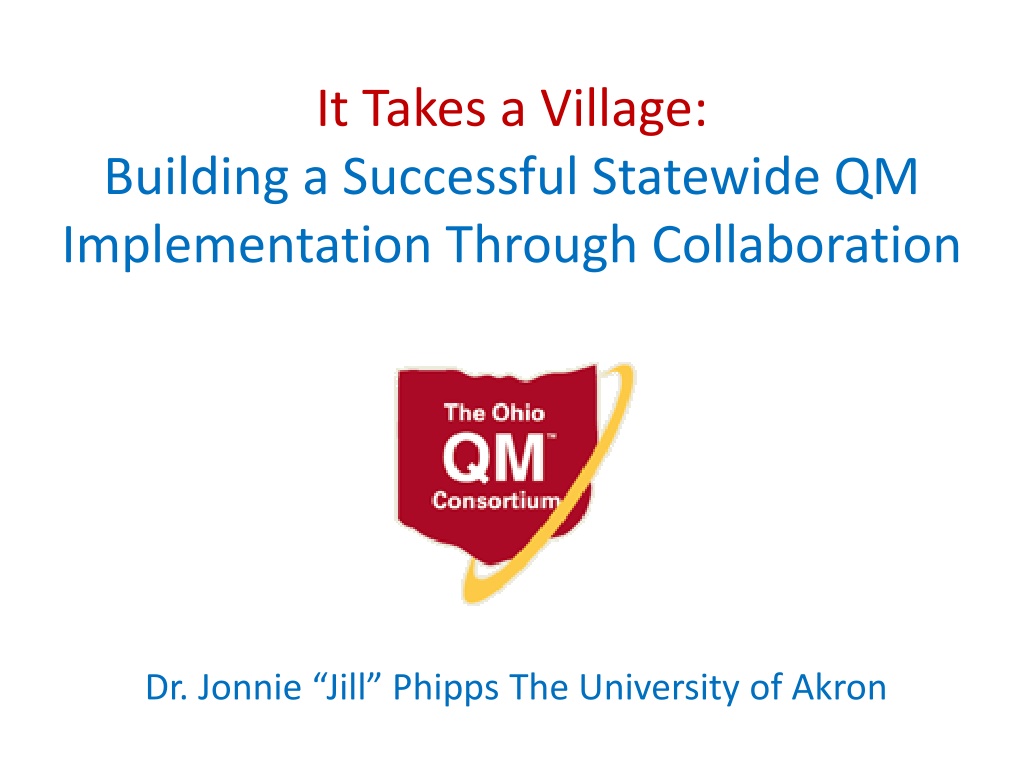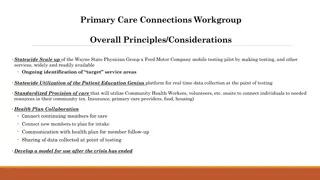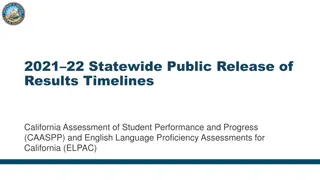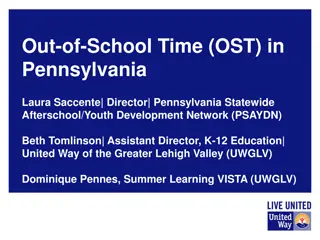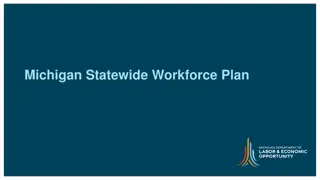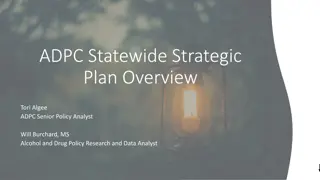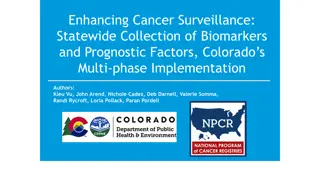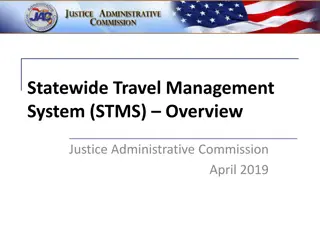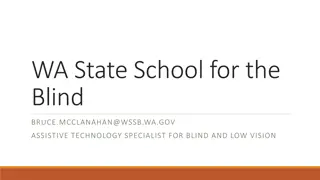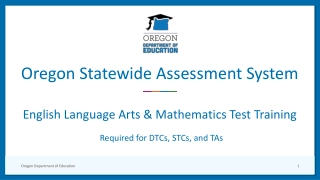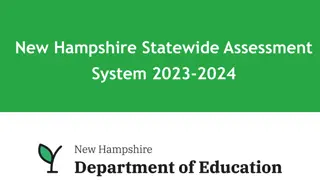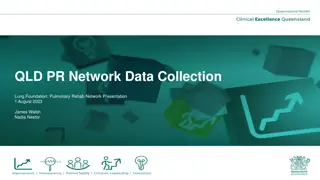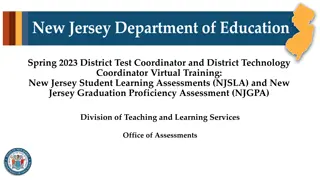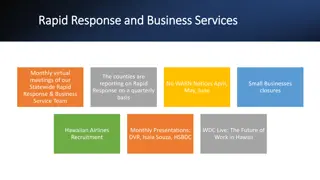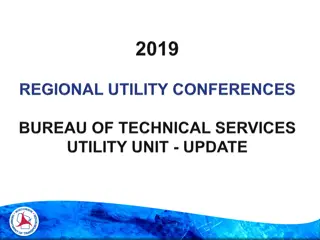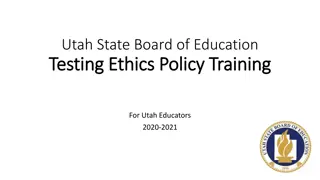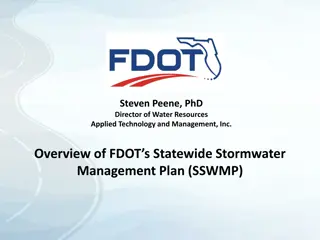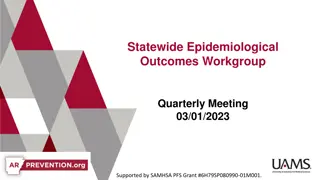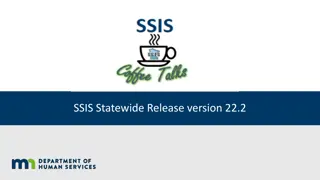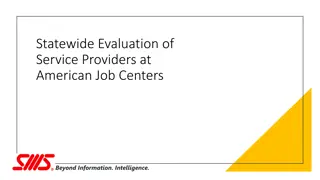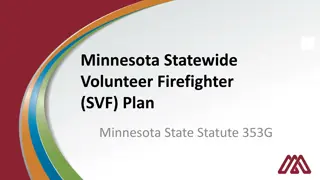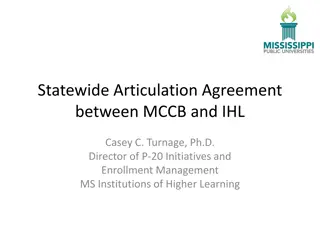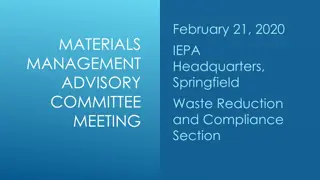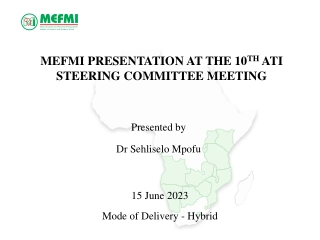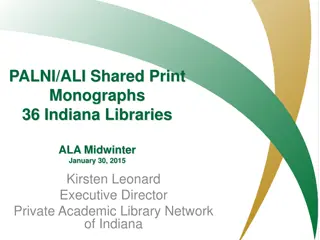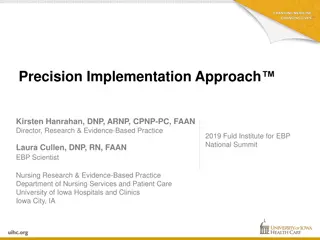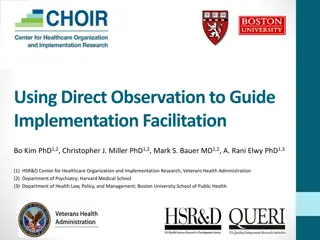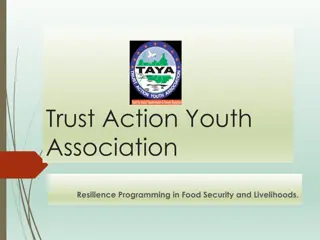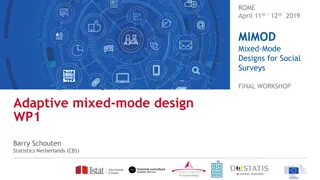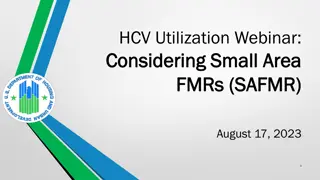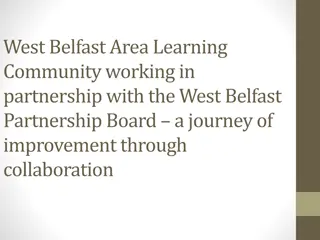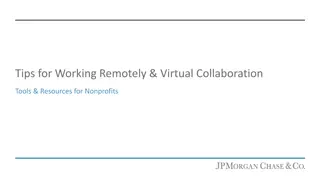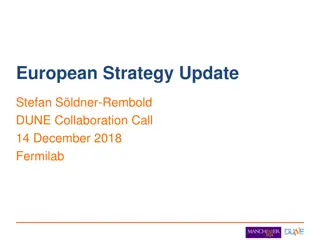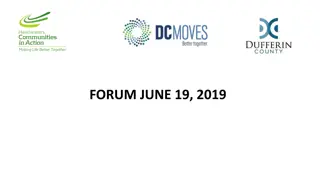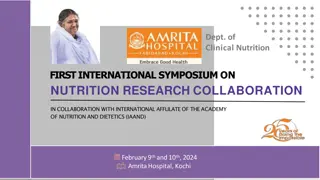Building a Successful Statewide QM Implementation Through Collaboration
The Ohio Quality Matters Consortium, established through collaboration among educational institutions in Ohio, aims to enhance online and blended learning experiences for students and faculty. The consortium focuses on maintaining quality standards, raising awareness, and providing a sustainable course review system. Key aspects include the formation of an executive committee and a mission to promote excellence in online teaching and learning.
Download Presentation

Please find below an Image/Link to download the presentation.
The content on the website is provided AS IS for your information and personal use only. It may not be sold, licensed, or shared on other websites without obtaining consent from the author. Download presentation by click this link. If you encounter any issues during the download, it is possible that the publisher has removed the file from their server.
E N D
Presentation Transcript
It Takes a Village: Building a Successful Statewide QM Implementation Through Collaboration Dr. Jonnie Jill Phipps The University of Akron
Background p.1 The Ohio Board of Regents (OBR) funded the Ohio Learning Network (OLN) to promote access to Distance Education for all Ohioans In 2006 Brenda Boyd first presented information on the QM Rubric at the OLN annual conference In 2007 Brenda Boyd challenged OLN to start a QM state-wide system Six institutions met with OLN to explore the creation of a pilot program on the QM review process. It was established in 2008.
Background p.2 OLN in turn promoted the Statewide QM initiative and by 2011 there were over 60 institutions that had joined the Ohio QM consortium. Paid the State-wide QM Membership Fee ($5,500) Sponsored Professional Development Training (APPQMR) Paid for workbooks Created Check list for hosts Established facilitators travel with reimbursement Developed the 15/15 enrollment policy Annual Meeting for Institutional Representatives OLN was disbanded in Fall of 2011.
How could we maintain the consortium and the related benefits? It appeared too difficult and time consuming for any one institution to take on the responsibilities. Four institutions stepped forward to take a leadership role.
Executive Committee was formed Sharing the Responsibilities Columbus State Community College Finances Cuyahoga Community College Professional Development The University of Akron The Bartering System Bowling Green State University Administrative Tasks
Mission Statement The mission of the Ohio Quality Matters Consortium is to enhance the experience of students and faculty engaged in online and blended learning in its member institutions.
Goals for Consortium Members 1. Maintain a cohesive community of institutions committed to quality in online and blended teaching and learning. 2. Raise awareness of the quality of Ohio s online and blended learning. 3. Be an ambassador of Quality Matters standards in online and blended learning. 4. Provide an affordable and sustainable course review system for Ohio QM Institutions. 5. Provide professional development in quality practices and implementation processes.
Goals for Executive Committee 1. To ethically and responsibly manage Consortium operations. 2. To model best practices for shared leadership in state-wide systems.
Executive Committee Strategies Increase and maintain financial stability Increase number of trainers Update and maintain Ohio QM website Develop and implement bartering system
Executive Committee Strategies Need for Financial Sustainability Columbus State Community College (CSCC) volunteered to manage the finances. CSCC has three members on the Executive Committee Dr. Tom Erney Ann Palazzo Suzanne Patzer Designated monies were transferred from OLN to CSCC
Executive Committee Strategies Need for Financial Sustainability Institutions Pay: $1,100 Dues for National QM Membership Forwarded directly to National QM $500 Dues for Ohio Consortium Membership Currently have sixty members 60 X $500 = $30,000 Consortium Pays: $5,500 per year for State-wide Dues Facilitator training Annual Member Meeting
Executive Committee Strategies Financial Procedures Institutions receive an invoice from Columbus State Community College for $1,600 $500 Ohio QM Consortium Fee $1,100 National QM Fee CSCC forwards National Fees to QM CSCC pays the $5,500 Consortium Dues on behalf of Ohio members Ohio QM Website reflects members in good standing
Executive Committee Strategies Benefits of Ohio QM Membership Reduced individual institutional dues (from $3,300 to $1,100) Access to free APPQMR F2F training Discounted rates for Online Certification Courses Participation in the Review Bartering System Cost for non-bartered reviews $1,000/$1,400 Quarterly State-wide webinars for Quality Matters Coordinators The Ohio QM Consortium Annual Member Meeting Master Reviewer Recertification costs included 40 at $50 each = $2,000 Finance F2F APPQMR facilitator certification
Executive Committee Strategies Professional Development Cuyahoga Community College (Tri-C) was already involved in managing some of the professional development / certification records. Tri-C has two members on the Executive Committee Sasha Thackaberry Melanie Thompson
Executive Committee Strategies Increase Number of Trainers There were only 5 traveling APPQMR trainers in Ohio in 2011. State divided into five regions (required long distances for many sessions). NE, NW, Central, SE, and SW Scholarships to pay training fees in return for a commitment of conducting 4 workshops within two years. First one added seven more trainers statewide (at $500 each = $3,500) Second one added five more trainers statewide (at $500 each = $2,500)
Executive Committee Strategies Tri-C Manages Requests for Training A request for an APPQMR is sent to Tri-C Tri-C Communicates with F2F facilitators secures a volunteer Assign facilitator and communicate with organization Gather available dates from facilitators Distribute the dates to all QMCs Match requests with facilitators
Executive Committee Strategies Tri-C & UA Update Ohio QM Website & Social Media QM Ohio Website http://qmohio.org/ List of current members with QMCs Calendar of training events FAQ page Announcements Blog Social Media Twitter Facebook Linkedin
Executive Committee Strategy Create a Bartering System The University of Akron volunteered to create a database to record bartering information. UA has three members on the Executive Committee Dr. John Savery Wendy Lampner Dr. Jill Phipps
Quality Matters Course Reviews Some institutions were informally bartering with one another. Presented some difficulties Try it yourselves! The Bartering Game
Bartering Game Role Pts. Represented by Chair: must be a Master Reviewer 2 Chocolate Candy Bars: Milky Way, Snickers, 3Musketeers, Butterfinger, and Twix Butterscotch & Cinnamon External Reviewer 1 Subject Matter Expert (SME) 1 Math = Spearmint/Green Striped Education = Peppermint/Red Striped English = Whoppers Nursing = Tootsie Rolls Business = Twizzlers Engineering = Smarties Law = Root Beer Barrels Communications = Caramel Modern Languages = Starburst Philosophy = Jolly Rancher Biology = Strawberry
Executive Committee Strategies Implement a State-wide Bartering System Provide an affordable/sustainable course review system for Ohio QM Institutions. Maintain a cohesive community of institutions committed to quality in online and blended teaching and learning. Raise awareness of the quality of Ohio s online and blended learning. Be an ambassador of Quality Matters standards in online and blended learning. Utilize resources throughout the state.
Strategy: Fit Bartering into the Model of Subscriber Managed Course Reviews Subscriber-Managed Course Reviews Official QM course reviews. Managed by a QM Coordinator (QMC). Adhere to the QM Course Review Standards and use the QM online tools. New certification introduces two-tier pricing No cost if the QMC has successfully completed the Course Review Manager Certification (CRMC). Cost of training is $300. $100 per course if the QMC has not completed the CRMC.
Course Review Bartering System Debits and Credits The University of Akron maintains a database of bartered courses within the Consortium, including credits earned and credits spent. 8 credits come with membership each year. Credits are spent on reviewers outside the institution. A review costs a maximum of 4 credits. Credits can be earned by supplying reviewers.
Course Review Bartering System Payroll! Each review requires three reviewers A Team Chair costs 2 credits. A SME costs 1 credit An External Reviewer costs 1 credit Institutions can bank credit earned by their own reviewers. Some institutions compensate their reviewers. Some Organizations pay only for an external reviewer and fill the other roles in-house.
Course Review Bartering System The Balance Sheet QMCs have access to the Ohio QM Report: https://learn.uakron.edu/qualitymatters/view/
Walking through the Stepsp. 1 1. Apply to QM for a course review as always 2. Select the appropriate Subscriber-Managed as the Review Type
Walking through the Stepsp. 2 3. *Contact potential reviewer to see if they are interested in bartering Do they meet your institution s qualifications? CC the QMC 4. Continue the process as you would for any review 5. *Record the completed bartered review on the bartering website https://learn.uakron.edu/qualitymatters/view/ 6. *QMCs can access the database to check on the current balance for their institution. * Step unique to bartering system
Plan to move forward For example at the University of Akron: Determine short-term goals (3 months) Two additional peer reviewers One additional master reviewer First bartered review completed Set mid-term goals (1 year) Five additional peer reviewers Two additional master reviewers Five courses QM Certified Set long-term goals (5 year)
